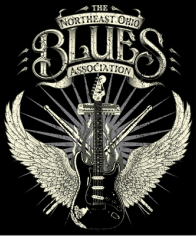· June 2,1917—Leonard “Baby Doo” Caston, aka “Baby Doo”/”Baby Duke”
· June 13,1928—Lafayette Earl “The Thing” Thomas
· June 30,1936—David “Dave” Von Ronk
· June 1, 1968—Carl Davis
· June 16, 1970—Alonzo “Lonnie” Johnson
· June 25, 1971—Elton Island Spivey, aka the Za Zu Girl

 RSS Feed
RSS Feed